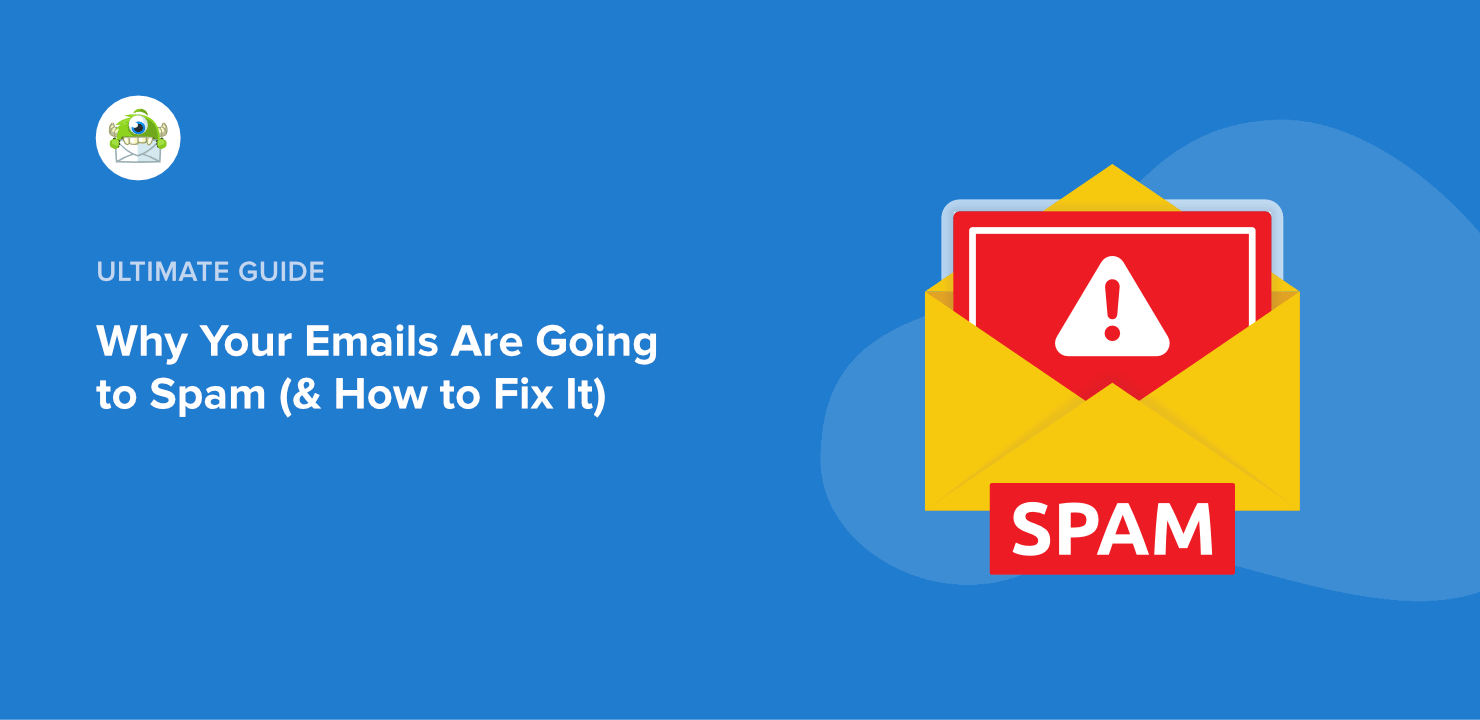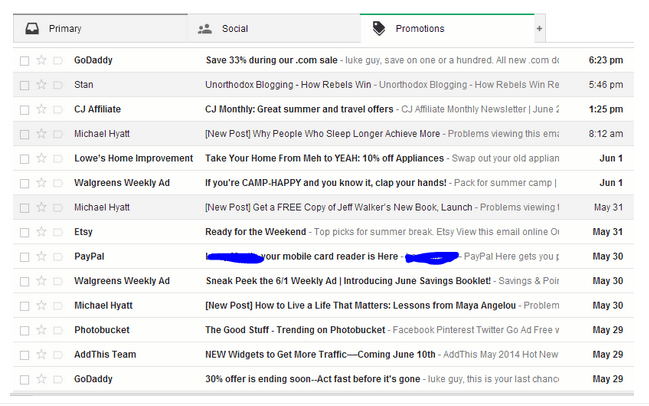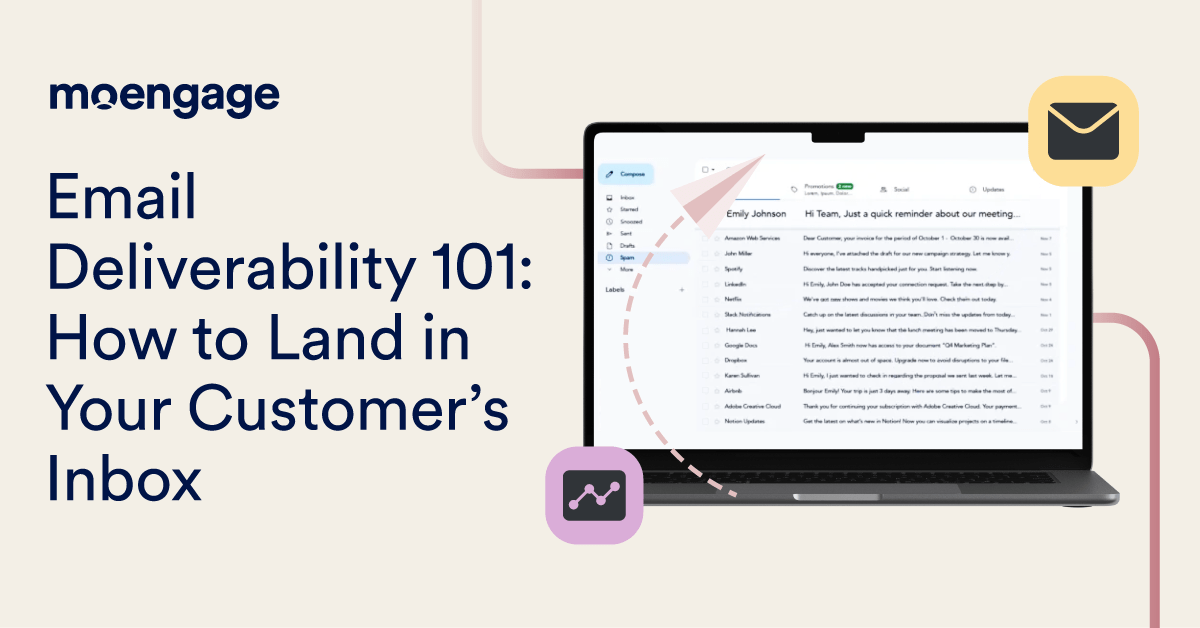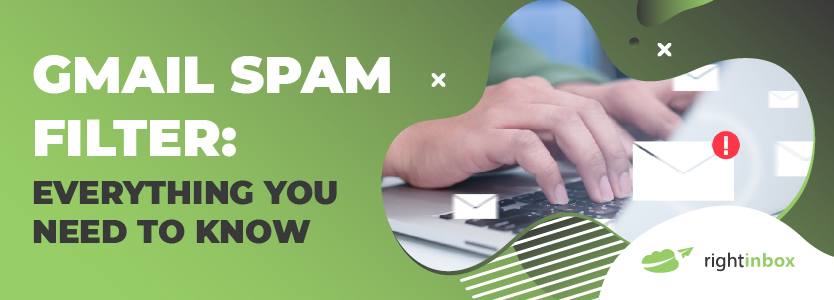Summary
Phishing emails, despite Gmail's advanced filtering systems, sometimes manage to bypass defenses and land directly in the primary inbox. This occurrence is a testament to the sophisticated tactics employed by malicious actors who continuously adapt their methods to circumvent detection mechanisms. These deceptive messages often skillfully mimic legitimate communications, leveraging clever social engineering and technical exploits to trick recipients and email providers alike.
Key findings
- Sophisticated tactics: Spammers employ advanced methods, including hashbusters, extensive testing, and the manipulation of sender reputation, to bypass filters.
- Authentication bypass: Some phishing emails successfully pass email authentication checks such as SPF, DKIM, and DMARC, making them appear legitimate to initial scans.
- Domain rotation: Perpetrators frequently switch sending domains and even leverage compromised or new accounts on legitimate service providers (e.g., Microsoft 365, SendGrid) to evade blocklists and reputation-based filtering.
- Encoding techniques: Methods like Base64 encoding are used to obfuscate malicious content, making it harder for automated filters to detect threats.
- Dynamic filtering: While some malicious emails may initially land in the primary inbox, Gmail's filters often adapt over time, eventually moving similar messages to the spam folder as patterns are identified.
Key considerations
- User reporting: Actively marking unsolicited or suspicious emails as spam is crucial, as this feedback helps to train and improve Gmail's spam algorithms.
- Vigilance: Users should remain vigilant and exercise caution against suspicious emails, even if they appear in the primary inbox.
- Authentication validity: The passing of authentication protocols like SPF, DKIM, and DMARC does not guarantee an email's legitimacy if the sending domain or service has been compromised or misused. Learn more about why emails get a phishing warning in Gmail.
- Evolving threats: Phishing tactics are constantly evolving, necessitating continuous updates to spam filters and ongoing user awareness. For instance, sometimes legitimate emails trigger suspicious link warnings due to these evolving threats.
- Gmail's security: Google Workspace highlights Gmail's strong security foundations, noting their continuous efforts to protect users from spam, phishing, and malware using AI.
What email marketers say
Email marketers are acutely aware of the complexities of deliverability and how sophisticated spam techniques can mimic legitimate email practices. This challenge often makes it difficult even for advanced filters to differentiate between genuine messages and malicious ones. Their collective experiences highlight the ongoing struggle between senders striving to reach the inbox and malicious actors attempting to exploit and bypass system safeguards.
Key opinions
- Filter evasion as a job: Marketers frequently observe that spammers dedicate significant resources and effort to finding ways around existing email filters.
- Temporary bypass: Some marketers note that new spam campaigns may initially land in the primary inbox before Gmail's algorithms learn and adapt to catch them.
- Sender diversity: Phishing emails can originate from various sources, including widely used and seemingly legitimate email service providers, making them harder to blacklist or block.
- Perceived legitimacy: The perceived legitimacy of the sending behavior, even if faked, can influence initial inbox placement for malicious messages.
- User training: Users inadvertently marking spam as 'not spam' can unintentionally train Gmail's filters to allow similar messages, complicating future filtering efforts.
Key considerations
- Sender reputation: For legitimate marketers, maintaining a strong sender reputation is crucial to avoid being mistaken for spam, a factor also exploited by spammers.
- Email authentication: Proper implementation of SPF, DKIM, and DMARC is fundamental for legitimate senders, even though spammers attempt to spoof or pass these checks. These are important steps that help prevent Gmail sending your mail to spam folders.
- Content relevance: Sending relevant and non-spammy content helps legitimate emails land in the primary inbox, whereas irrelevant content can trigger spam filters.
- Engagement rates: Low engagement rates can negatively impact inbox placement for legitimate senders, while spammers aim for any form of engagement, such as clicks on malicious links. Learn more about why emails go to the spam box.
- Unsubscribe options: Providing clear unsubscribe options and honoring requests are critical for good sender hygiene and for minimizing spam complaints, which in turn affect inbox placement.
Marketer view
Email marketer from Email Geeks explains they have received similar phishing emails, often disguised as subscription renewals, and noted that Gmail filters eventually adapted, moving subsequent identical messages to the spam folder.
Marketer view
Marketer from Email Geeks shared their experience of receiving these phishing emails daily for a period before they suddenly ceased, observing that some originated from Microsoft and others from SendGrid, indicating diverse sending sources.
What the experts say
Experts in email deliverability and anti-spam measures consistently emphasize the adaptive nature of spammers and the complex, continuously evolving algorithms used by email service providers like Gmail. They explain that even with robust email authentication in place, a combination of sender reputation, sophisticated content analysis, and user interaction patterns ultimately dictates inbox placement, all of which spammers actively attempt to manipulate.
Key opinions
- Adaptive adversaries: Experts affirm that spammers are constantly evolving their techniques, employing new methods to evade detection, which presents a significant and ongoing challenge for email filters.
- Authentication alone is not enough: While authentication protocols such as SPF, DKIM, and DMARC are crucial, simply passing these checks does not guarantee an email will bypass spam filters, especially if other factors indicate malicious intent. A deeper dive into these can be found in a simple guide to DMARC, SPF, and DKIM.
- Exploiting legitimate services: Malicious actors frequently leverage legitimate email service providers and cloud services (e.g., Microsoft 365) to send phishing emails, making it harder to block them based on source IP alone.
- Content obfuscation: Experts note the common use of encoding techniques, such as Base64, to hide malicious content from automated scanners and textual analysis.
- Domain and account rotation: Rapidly changing sender domains and compromised accounts within legitimate services are common tactics used by spammers to avoid blocklists and prevent reputation degradation, as detailed in a practical guide to understanding your email domain reputation.
Key considerations
- Behavioral analysis: Gmail's filters rely heavily on behavioral analysis, learning from user interactions (such as marking as spam, opening, or deleting) to classify emails effectively.
- Continuous monitoring: Email providers must continuously update their algorithms to identify new spam patterns and tactics as soon as they emerge.
- Sender reputation's role: A strong sender reputation, built over time through consistent, legitimate sending practices and positive user engagement, is critical for achieving good deliverability and avoiding blocklists.
- ARC (Authenticated Received Chain): ARC helps preserve authentication results across multiple message hops, but malicious actors can sometimes exploit misconfigurations or initial legitimate-looking paths to bypass checks.
- User education: Experts from Word to the Wise emphasize that educating end-users about phishing indicators and the importance of reporting suspicious emails is a vital layer of defense against these evolving threats.
Expert view
Expert from Email Geeks explains that spammers invest heavily in bypassing filters, using techniques like hashbusters, extensive testing, and leveraging warm-up services to fabricate good sender reputation.
Expert view
An Email Geeks expert noted that a recent phishing email they examined originated from Microsoft 365, successfully passed SPF and DKIM, and even included a DMARC=pass in its ARC signature, making it appear legitimate.
What the documentation says
Official documentation from major email providers and security organizations typically outlines their comprehensive approach to combating phishing and spam. They emphasize the importance of layered security, which relies on a combination of authentication protocols, sophisticated reputation systems, and advanced machine learning to protect user inboxes. Despite these robust defenses, documentation often implicitly acknowledges the persistent threat posed by constantly evolving attacks and the need for continuous adaptation.
Key findings
- Multi-layered filtering: Documentation confirms that Gmail and other providers utilize complex, multi-layered filtering systems that encompass email authentication, thorough content analysis, and behavioral signals.
- AI-driven protection: Artificial intelligence and machine learning play a significant role in identifying and blocking new and evolving spam and phishing threats by recognizing subtle patterns.
- Sender reputation importance: Domain and IP reputation are consistently highlighted as key factors in determining inbox placement, built upon a history of legitimate sending practices and positive user engagement.
- Authentication protocols: SPF, DKIM, and DMARC are foundational protocols for verifying sender identity and preventing spoofing, although their effectiveness can be challenged by highly sophisticated attackers.
- User feedback integration: User actions, such as marking emails as spam, are crucial signals that directly help train and improve filtering algorithms over time.
Key considerations
- No single solution: Documentation often implies that no single security measure is foolproof; a combination of technical controls and ongoing user awareness is essential for robust protection.
- Continuous adaptation: Email security systems must continually adapt to new threats and evasion techniques from malicious actors, as outlined in reports like the Email Deliverability Report 2025.
- Compromised accounts: Legitimate accounts and services being compromised pose a significant challenge, as authenticated emails from such sources can still carry malicious content, which impacts sender reputation.
- Evolution of phishing: Phishing techniques are highly sophisticated, leveraging social engineering and technical evasion to bypass defenses, making it crucial to improve domain reputation.
- Transparency and reporting: Google Workspace's documentation highlights their proactive efforts to protect users, underscoring the importance of user reporting to enhance detection capabilities against new threats.
Technical article
Gmail documentation from Google Workspace states that their service is built on strong security, actively working to protect users from spam, phishing, and malware using AI before these threats ever reach the inbox.
Technical article
Documentation from RightInbox explains that Gmail employs a filtering functionality specifically designed to identify malicious emails and prevent them from reaching the primary inbox, thereby safeguarding users from potential harm.
Related resources
7 resources
Related pages
Why do emails get a phishing warning in Gmail and how to prevent it?
Why do legitimate emails sometimes trigger inconsistent suspicious link warnings in Gmail?
Why are my emails triggering Gmail phishing warnings and how can I fix it?
Why do emails get phishing warnings even with no links?
How to prevent Gmail from marking emails as phishing due to linked login pages?
Why is Gmail sending mail to spam folders?
Why does Gmail mark emails from new domains as spam?
Why am I receiving more spam emails in my Gmail inbox?
A simple guide to DMARC, SPF, and DKIM
A practical guide to understanding your email domain reputation






